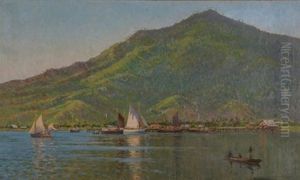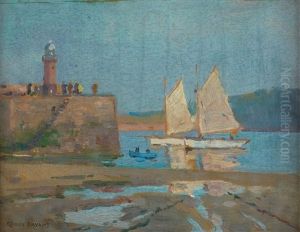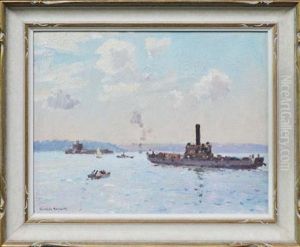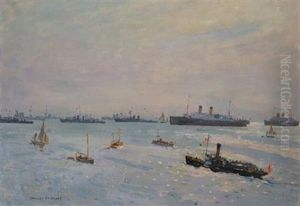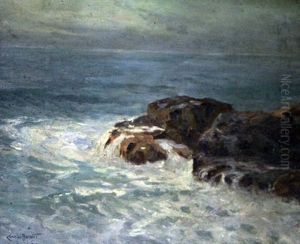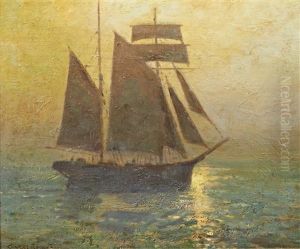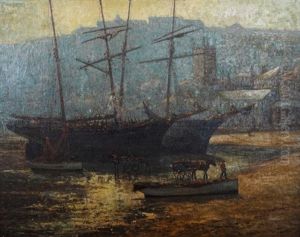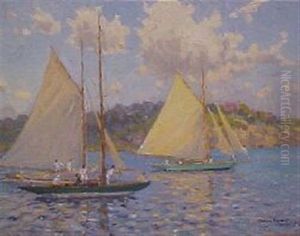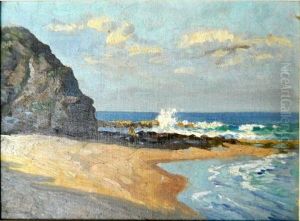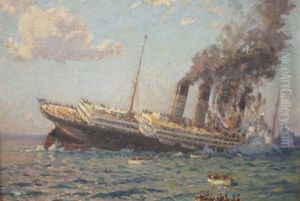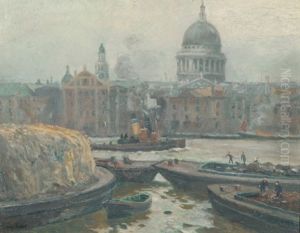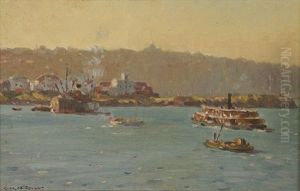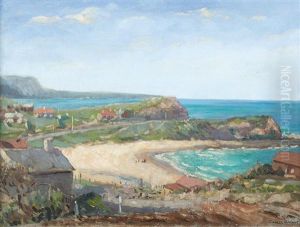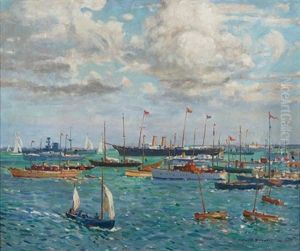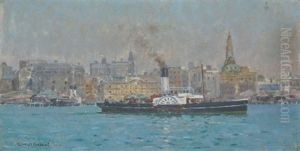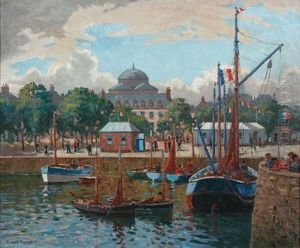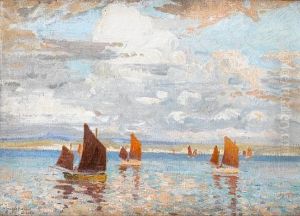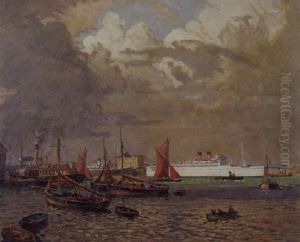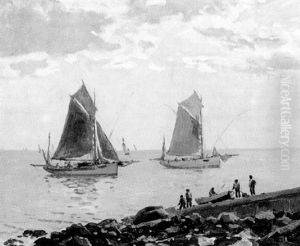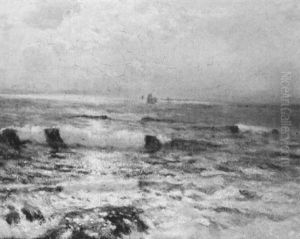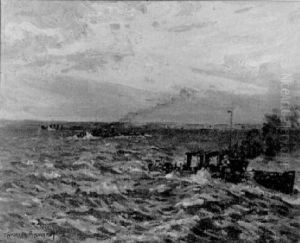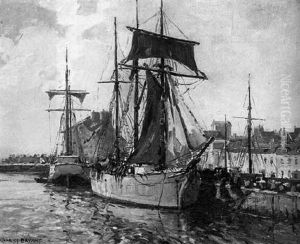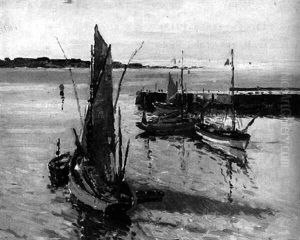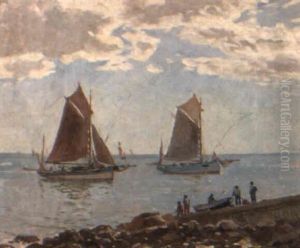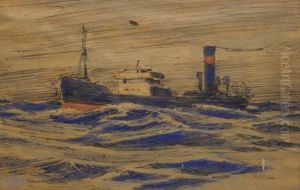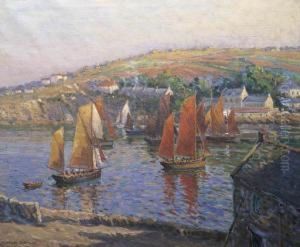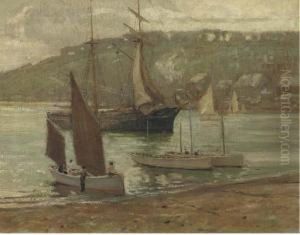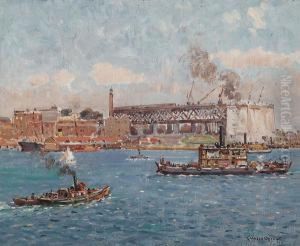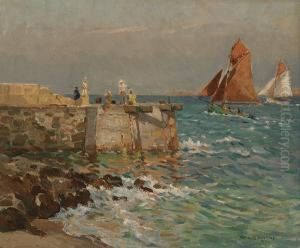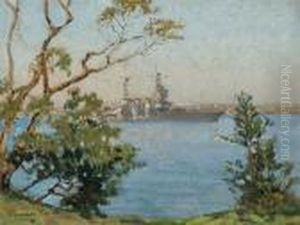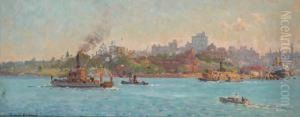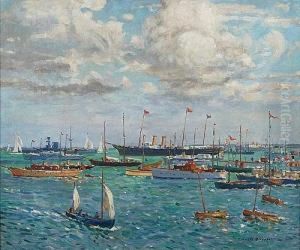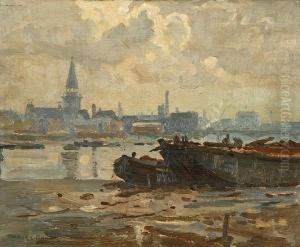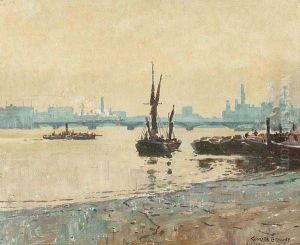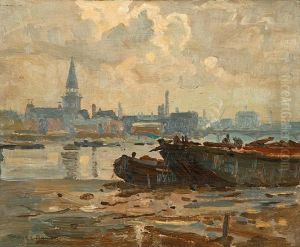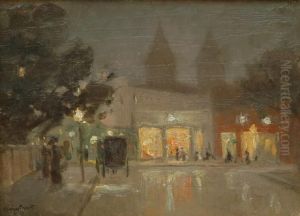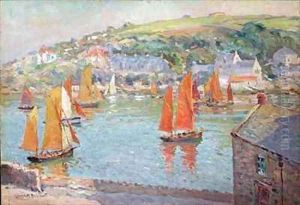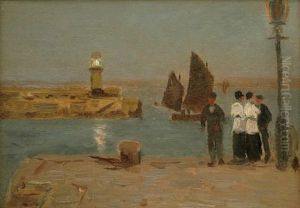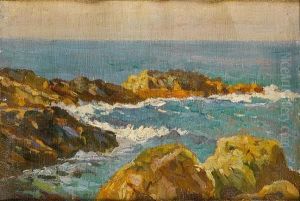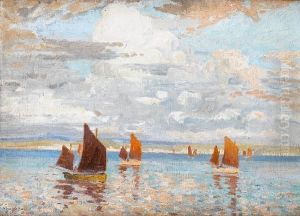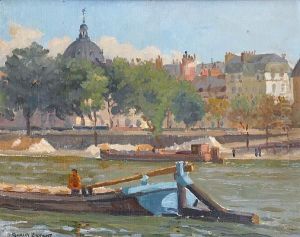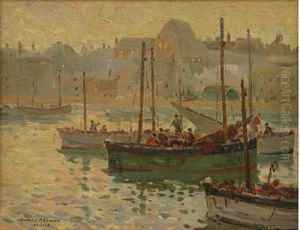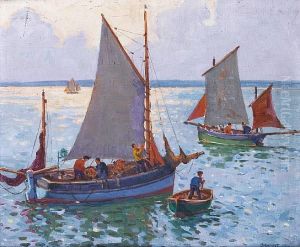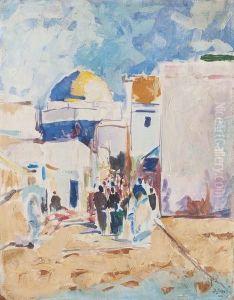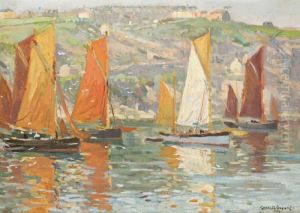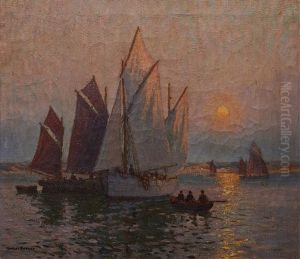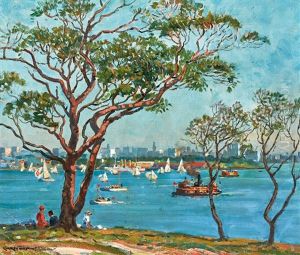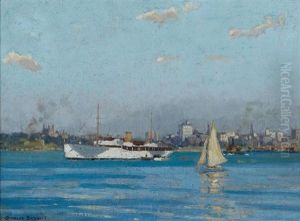Charles David Jones Bryant Paintings
Charles David Jones Bryant, often known as Charles Bryant, was an Australian maritime artist whose work gained significant recognition both in Australia and internationally. Born on May 11, 1883, in St Kilda, Victoria, Australia, Bryant demonstrated an early talent for art, which led him to pursue a career that would span several decades and continents.
Bryant initially trained as a sign-writer and show-card writer. However, his passion for painting, especially maritime scenes, soon became the primary focus of his career. He was largely self-taught, developing his skills by studying the work of other artists and through practice. His deep love for the sea and ships was reflected in his art, which often depicted sailing vessels and the dynamic nature of the ocean.
In 1907, Bryant moved to Europe to further his career, where he lived in London and spent a significant amount of time painting in Cornwall, known for its artistic communities. He exhibited his work at the Royal Academy in London and the Paris Salon, among other places, earning international acclaim. His paintings were also featured in the United States, where he won a gold medal at the Panama-Pacific International Exposition in San Francisco in 1915.
Bryant's style was characterized by its realism and attention to detail, capturing the play of light and water with a sense of romanticism and adventure. His work resonated with audiences who were captivated by his vivid seascapes and the portrayal of ships in their natural element.
During World War I, he served in the Australian Imperial Force in Europe, which interrupted his artistic career. After the war, Bryant returned to Australia and continued to paint, though his post-war work received mixed reviews. Despite this, he remained a respected figure in the Australian art scene until his untimely death on April 22, 1937, in London, England.
Charles David Jones Bryant's legacy lives on through his contributions to maritime art, and his paintings are held in various public and private collections, including the National Gallery of Australia and the Australian War Memorial. His dedication to maritime subjects has made him a beloved figure to those with an affinity for the sea and its vessels.
